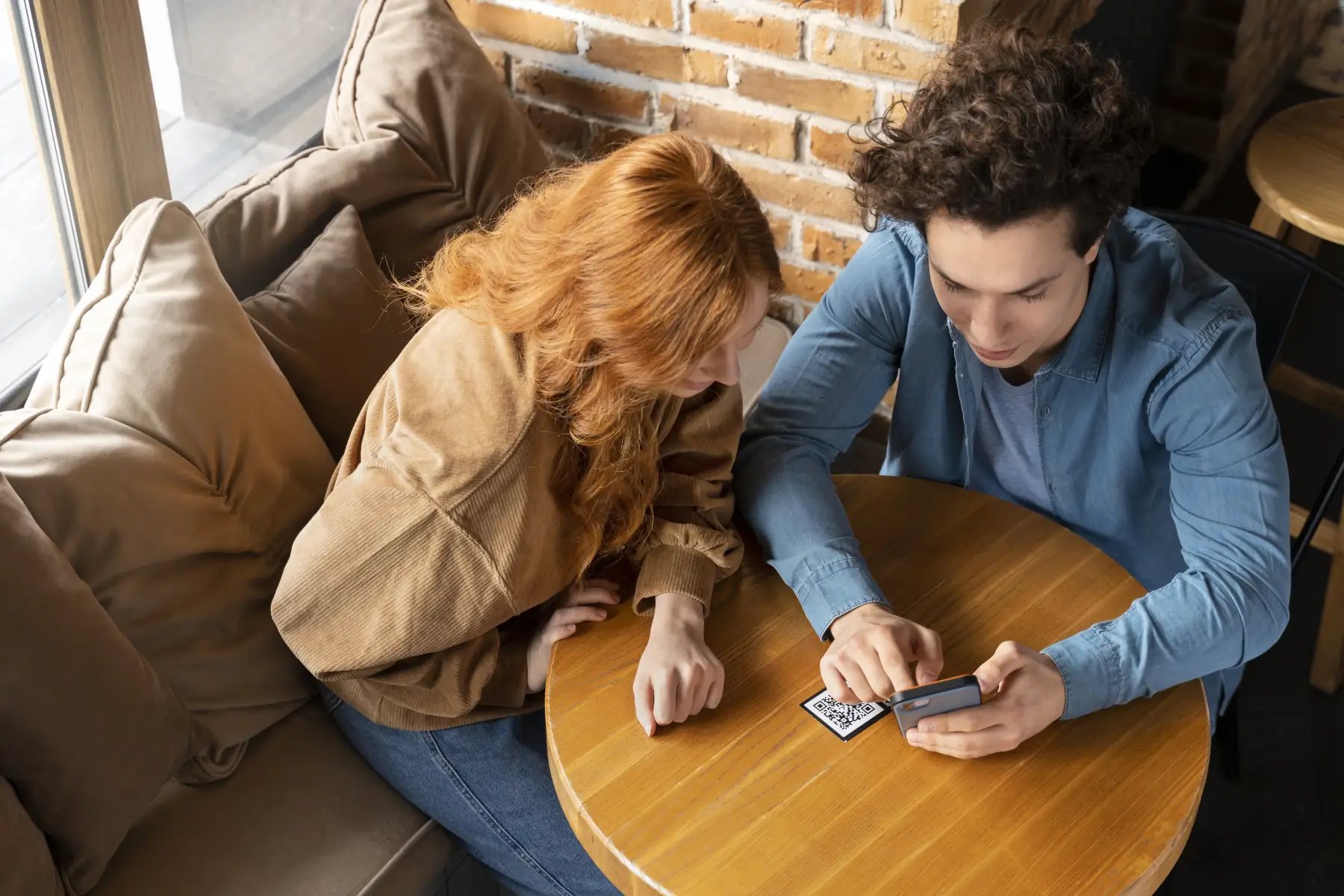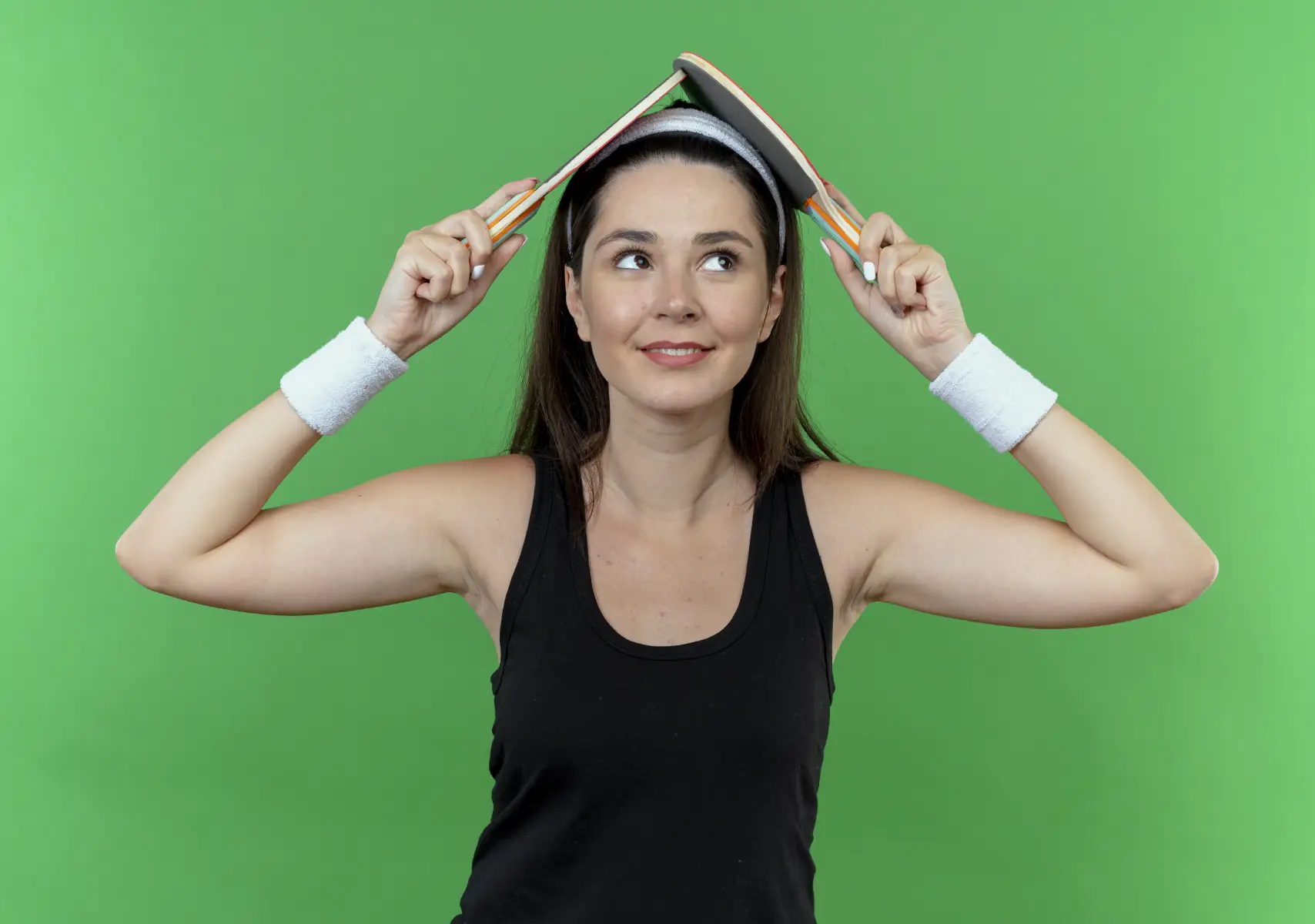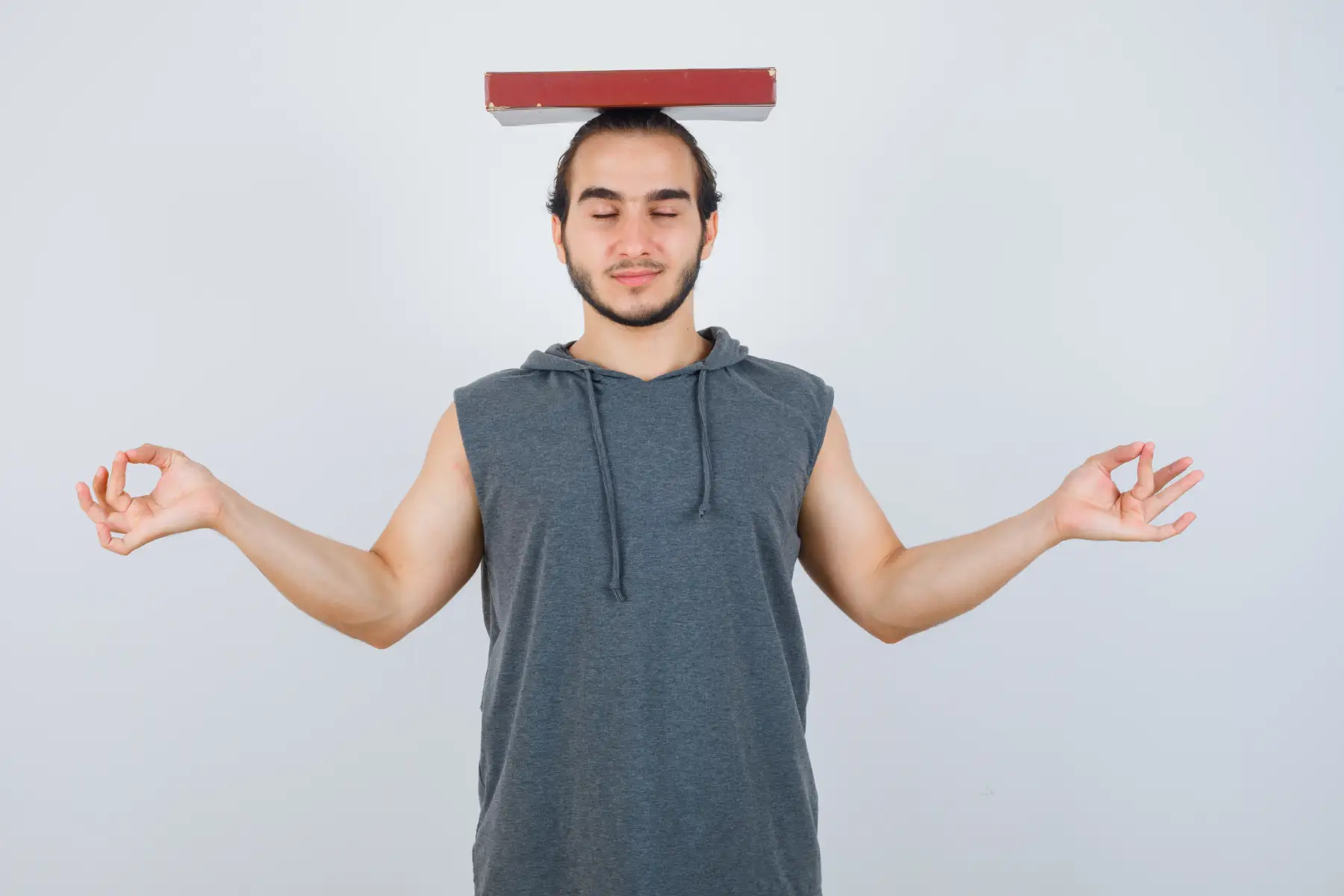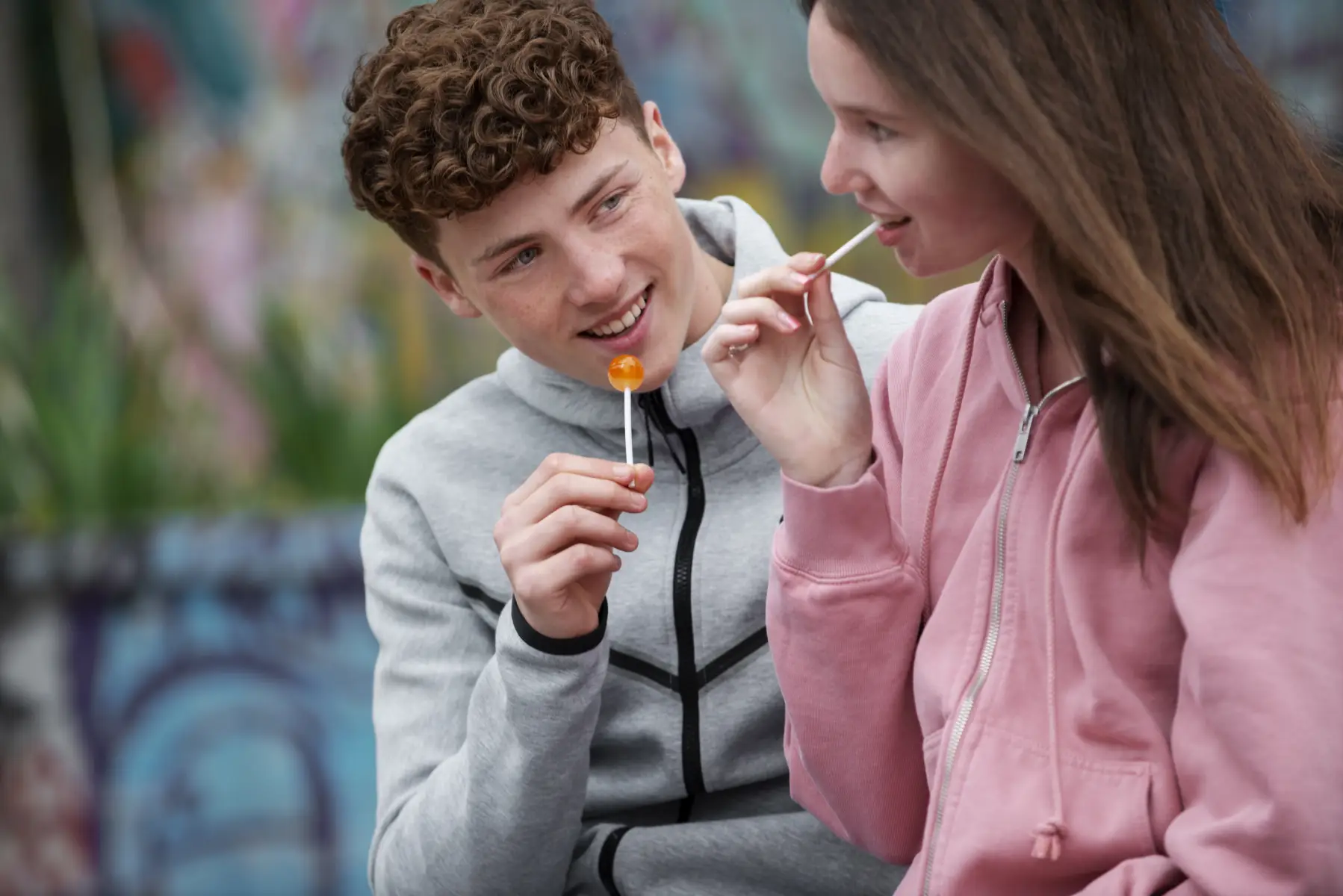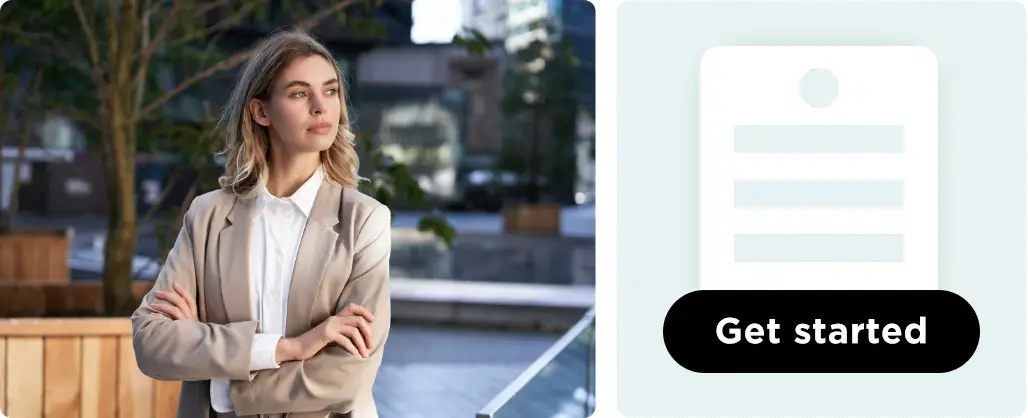Introduction
In modern Britain, shopping is more convenient—and more tempting—than ever. With 24/7 online stores, endless sales, and social pressures, shopping is woven into daily life. While buying things can be enjoyable and rewarding, for some it becomes a compulsive habit, leading to debt, distress, and strained relationships.
If you worry your shopping is out of control—spending beyond your means, hiding purchases, or feeling a high followed by guilt—you’re far from alone. Compulsive buying affects up to 1 in 20 UK adults (UK Mental Health Foundation), and with the rise of online shopping and “buy now, pay later” schemes, support is more important than ever.
This guide offers clarity, practical advice, and hope that lasting change is achievable.
What is Shopping Addiction (Compulsive Buying Disorder)?
Shopping addiction, or Compulsive Buying Disorder (CBD), is a behavioural addiction marked by an overwhelming urge to shop and spend, despite negative consequences. It’s not about loving bargains or occasionally splurging—it’s a consistent cycle of craving, loss of control, regret, and repeated shopping to ease negative emotions.
Common signs include:
- Persistent, excessive shopping or online browsing
- Shopping to relieve stress, sadness, boredom, or anxiety
- Loss of control: failing to stick to a budget or limit
- Spending money you don’t have; accumulating debt
- Hiding receipts or lying about purchases to others
- Feeling a “rush” while buying, quickly followed by guilt or regret
- Failed attempts to cut down or stop shopping
Causes & Risk Factors
- Emotional Drivers:
- Shopping is often used to escape or soothe difficult feelings (loneliness, emptiness, stress).
- Temporary boost of dopamine (“feel good” chemical) after a purchase.
- Social and Cultural Influences:
- Pressure from advertising, social media, and “influencer” culture.
- Easy access via one-click online shopping, credit cards, and buy-now-pay-later platforms.
- Comorbid Conditions:
- Higher rates in people with anxiety, depression, ADHD, or other impulse-control challenges.
- Patterns may run in families or relate to past trauma.
Signs and Impact
Emotional & Psychological
- Cravings to shop when stressed, anxious, or unhappy.
- Feelings of shame, guilt, anxiety, or even depression after buying.
- Preoccupation with the next purchase.
Financial
- Mounting debt, unpaid bills, fighting with loved ones over money.
- Borrowing or stealing to fund shopping.
Social & Life Consequences
- Hiding shopping behaviour; arguing about money.
- Damaged relationships and trust.
- Neglected work, study, or responsibilities due to time spent shopping or financial stress.
The Addictive Shopping Cycle
- Trigger: Negative emotions or boredom spark the urge to shop.
- Anticipation: Browsing brings excitement, building anticipation.
- Purchase: Buying brings relief and pleasure (“the shopping high”).
- Regret/Despair: Guilt, shame, or anxiety emerge as the consequences set in.
- Repetition: Feelings are soothed by more shopping, restarting the cycle.
Academic Evidence & Therapy Approaches
- Cognitive Behavioural Therapy (CBT):
Gold-standard for compulsive behaviours (Black, 2016). Helps identify triggers, challenge unhelpful thoughts, and build new habits.
- Motivational Interviewing:
Builds motivation for change, especially if clients feel ambivalent.
- Financial Counselling:
Practical support for tackling debt and budgeting.
- Support Groups:
Peer groups or online forums help break isolation and reduce shame.
- Treatment of Co-Occurring Mental Health Issues:
Addressing depression or anxiety improves outcomes and prevents relapse.
Actionable Strategies
- Track Your Spending:
Keep a diary of every purchase, including what triggered it and how you felt.
- Set Realistic Limits:
Leave cards at home or delete saved payment options. Use cash and set daily or weekly spending caps.
- Delay Purchases:
Implement a “24-hour rule” before buying anything non-essential. This cuts impulsive spending.
- Unsubscribe and Unfollow:
Opt out of marketing emails, sales alerts, apps, and influencer content that trigger shopping.
- Find Other Ways to Cope:
Replace shopping with healthier stress-relievers: walking, talking, creative hobbies, mindfulness, or exercise.
- Ask for Help:
Confide in someone, seek debt advice, or join support groups. Accountability makes a difference.
- Plan for High-Risk Situations:
Identify triggers (payday, emotional lows, special offers) and make a plan for alternative activities.
- Practice Self-Compassion:
If you slip up, reflect without shame. Identify what led to the behaviour and try again. Change takes time.
When and How to Seek Help
Get help if:
- Shopping causes distress, debt, or relationships strain.
- You regularly try and fail to cut down or quit.
- Shopping is used to cope with deeper emotional struggles.
Therapy is private, non-judgemental, and practical—focused on regaining control and rebuilding your financial and emotional wellbeing.
Recovery Story (Anonymised)
“After losing my job, I started shopping online to feel better. Soon, my credit cards maxed out, and I was hiding packages from my partner. Admitting the problem to my GP felt scary, but therapy and debt advice helped me break the cycle and rebuild trust. I now treat myself in ways that don’t risk my future.” — (Anon., Leeds)
Resources
- NHS Mental Health & Shopping Addiction
- StepChange (Debt Help)
- MoneyHelper
- Mind UK
- Gamblers Anonymous (useful for compulsive spenders too)
Books:
- “To Buy Or Not To Buy” by April Lane Benson
Conclusion
Shopping addiction is real, serious, and far more common in the UK than most assume. It can be tackled—compassionately and effectively—with the right strategies and support. By understanding your triggers, being honest about the problem, and seeking help, you can truly reclaim control and find healthier, happier ways to nurture yourself.

